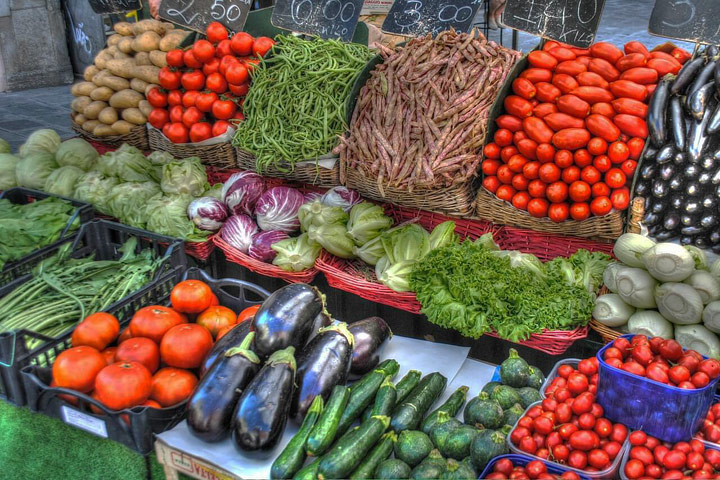
If you’re like many Americans, you pick your produce at your local supermarket, perhaps based on appearance, price or a quick squeeze-and-sniff test.
When you return home, how often are you disappointed by flavorless tomatoes, woody asparagus, peaches that never seem to fully ripen or greens that turn to mush before you get a chance to use them?
The fact is that when you purchase your produce at a large supermarket, you’re purchasing produce that lends itself to uniformity, size and long-distance travel – not flavor and certainly not nutrition.
In order to find the best-tasting, freshest and, typically, most nutrient-dense produce, you’ve got to venture outside of the supermarket and into a local small farm or farmer’s market.
Buy In-Season: The First Step to Picking the ‘Right’ Produce
Aside from gaining access to vegetables and fruits picked just days or hours before you bring them home, shopping at local small farms and farmer’s markets encourages you to shop seasonally.
There’s a reason why top chefs and others who demand only the best flavor from their produce plan their menus around what’s in season.
As Bob Harrington, president of Specialty Produce, a company that supplies produce to California hotels and restaurants, told Vox, “The fresher the produce is, the better it tastes.”
Perhaps the ancient medical traditions like Ayurveda, which have long recommended seasonal eating, somehow knew that produce picked at its peak of ripeness in accordance with the laws of nature was healthiest too.
For instance, one study found in-season broccoli (fall) contained nearly twice as much vitamin C as out-of-season (spring) broccoli.
And, according to the George Mateljan Foundation, “ … researchers in Japan found three-fold differences in the vitamin C content of spinach harvested in summer versus winter.”
The charge below, from Cook Smarts, shows which vegetables are in season when based on U.S. seasonality.
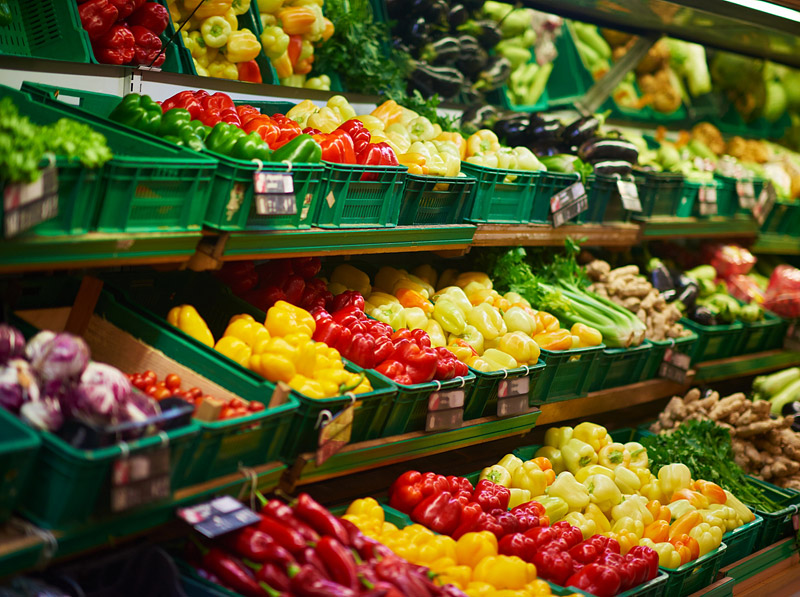
How to Choose the Best: 38 Veggies
The Kitchn has compiled an excellent guide to picking the freshest, most flavorful veggies. You will often need to enlist several senses and pick the produce using your eyes, nose and hands. Tips from The Kitchn are as follows:
- Artichokes: Choose globes that have tight leaves and feel heavy for their size. The leaves should squeak when pressed against each other.
- Asparagus: Choose firm, smooth, and brightly colored stalks with compact tips. Avoid limp stalks. Choose stalks of equal thickness to ensure even cooking times.
- Avocados: Choose avocados that feel slightly soft to the touch. Firmer avocados may be ripened at home, but avoid rock-hard ones. Also avoid avocados with cracks or dents.
- Beets: Choose firm beets with fresh stems and slender taproots. Avoid beets with wilted leaves, scaly tops, or large, hairy taproots as they may be older and more woody.
- Bok Choy: For mature bok choy, look for dark green leaves and bright white stalks. Baby bok choy should be light green in color.
- Broccoli: Choose broccoli with firm stalks, tight florets, and crisp green leaves. Avoid yellowed or flowering florets.
- Brussels Sprouts: Choose firm, compact, bright green heads. Avoid sprouts with wilted or loose outer leaves.
- Cabbages: Choose firm, compact heads that feel heavy for their size. Check that the stems are also fresh and compact.
- Carrots: Choose firm, smooth carrots without rootlets.
- Cauliflower: Choose heads with tightly packed, creamy white florets. Avoid yellowed, spotted, or flowering florets.
- Celery: Choose firm, unblemished stalks. The stalks and leaves should be green, not yellow.
- Celery Root: Choose firm, hard roots that feel heavy for their size. Any attached leaves should be fresh and green.
- Corn (non-GMO): Choose corn with bright green husks and moist but not slimy silk. Peel back the husk to ensure the kernels are plump and not dry.
- Cucumbers: Choose cucumbers that are uniformly green (not yellow).
- Eggplants: Choose eggplants that have smooth, naturally shiny skin and feel heavy for their size. When gently pressed, flesh that gives slightly and then bounces back indicates ripeness. Unripe flesh will not give, while overripe flesh will remain indented. Also, smaller eggplants tend to have fewer seeds and be less bitter.
- Fennel: Choose fennel with white, firm, unblemished bulbs as well as firm stems and fresh leaves.
- Garlic: Choose firm, plump heads. Avoid heads with soft spots or green sprouts.
- Green Beans: Choose slender beans that snap rather than bend. Avoid bulging or dried pods.
- Jerusalem Artichokes: Choose smooth, firm tubers. Avoid those with green spots or sprouts.
- Kale: Choose crisp, deeply colored leaves. Avoid yellowed leaves. Smaller leaves tend to be more tender.
- Leeks: Choose firm leeks with tightly rolled tops. Slender leeks tend to be younger and more tender, while larger ones with rounded bulbs tend to be older and more woody.
- Lettuce, Spinach, and Other Leafy Greens: Choose greens with fresh, crisp leaves. Avoid any that are wilted or slimy.
- Onions and Shallots: Choose dry, firm bulbs that feel heavy for their size. Avoid any with soft spots or green sprouts.
- Parsnips: Choose firm, ivory-colored roots. Large roots may be fibrous, so choose small and medium ones for better texture and flavor.
- Peas: Choose crisp, green pods. Avoid bulging, dried, yellow, or white pods.
- Peppers: Choose firm, naturally shiny peppers that feel heavy for their size.
- Potatoes: Choose firm, smooth potatoes. Avoid those with bruises, green spots, or sprouts.
- Radishes: Choose radishes with fresh, green tops and firm, unblemished roots.
- Rhubarb: Choose firm pink or red stalks. Green stalks tend to be stringy and sour.
- Rutabagas: Choose rutabagas that feel firm and heavy for their size. Avoid any with holes or bruises.
- Scallions: Choose scallions with crisp, green tops and firm, white bulbs. Avoid wilted or browned scallions.
- Summer Squash: Choose squash with naturally shiny, taught, unblemished skin. Avoid squash that appear dull or have soft spots.
- Sweet Potatoes and Yams: Choose potatoes with firm, unwrinkled skins and no bruises or cuts, as they are highly perishable.
- Swiss Chard: Choose chard with crisp stalks and shiny, bright, unwilted leaves.
- Tomatillos: Choose green tomatillos with green husks. Avoid yellow fruits with brown husks.
- Tomatoes: Choose tomatoes that are fragrant, smell earthy at the stem end, and feel heavy for their size. Avoid tomatoes with wrinkled skins.
- Turnips: Choose turnips that feel firm and heavy for their size. Smaller turnips tend to be sweeter and more tender than larger ones, which may be woody.
- Winter Squash: Choose squash that have stems intact and feel heavy for their size. Avoid squash with cuts or soft spots.
More Tips for Selecting Flavorful Produce at Your Supermarket
Another benefit to shopping local at farmer’s markets is that many farmers will encourage you to taste what you’re buying. You’ll know if the strawberries, arugula, carrots or blueberries are ripe because you’ll have tried it for yourself. This isn’t typically possible at supermarkets, so you’ll need to use other tricks. Among them:
- Smaller size is usually an indicator of a more tender vegetable (this works for beets, carrots, leeks and more)
- Look for greens still attached; it means they’re fresher (beets, carrots, radishes, etc.)
- Most veggies should be firm; firmness is generally a sign of freshness
- Know when your grocery stores gets their produce shipments and shop that day (for many stores, Saturday is the day with the freshest, most abundant produce, but ask the store manager to be sure)
Why Choosing the ‘Ugly Duckling’ Is Sometimes a Good Idea
It’s generally not a good idea to judge a book by its cover, and this is often the case with produce. Most farms end up trashing or composting what would otherwise be perfectly good produce simply due to cosmetic imperfections, such as an oddly shaped carrot or a tomato that’s deemed too small.
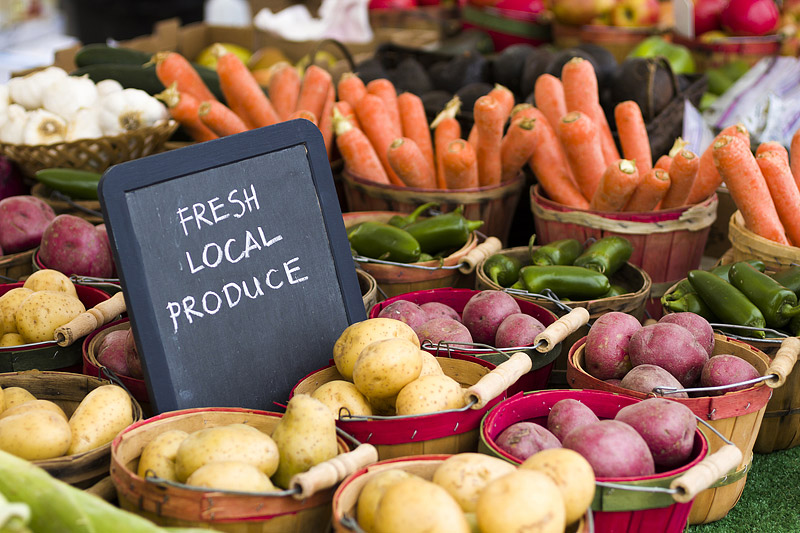
This type of food waste – throwing away perfectly good food because of aesthetics – is hard to stomach, especially as people go hungry every day. Some forward-thinking companies, like Imperfect, which is based in San Francisco, are now selling cosmetically imperfect produce at a reduced price (sometimes by up to 50 percent less).
For about $12, members of Imperfect receive boxes of 10-15 pounds of imperfect produce that otherwise would have been wasted. Some grocery stores are also following suit, offering less-than-perfect produce at a reduced price.
If you see such a bin at your local market, take advantage of the savings and feel good that you’re helping to cut down on food waste. Many supermarkets claim they’d be more willing to purchase such produce from farmers if consumers showed they’d be willing to buy it.

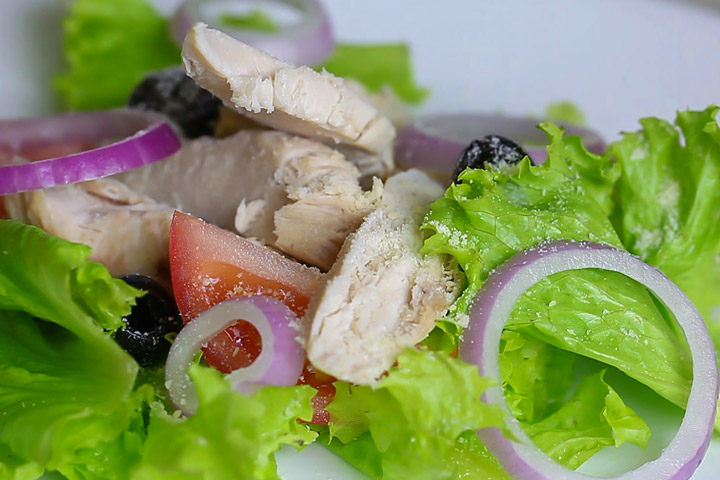
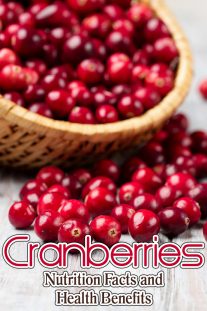

Leave a Reply